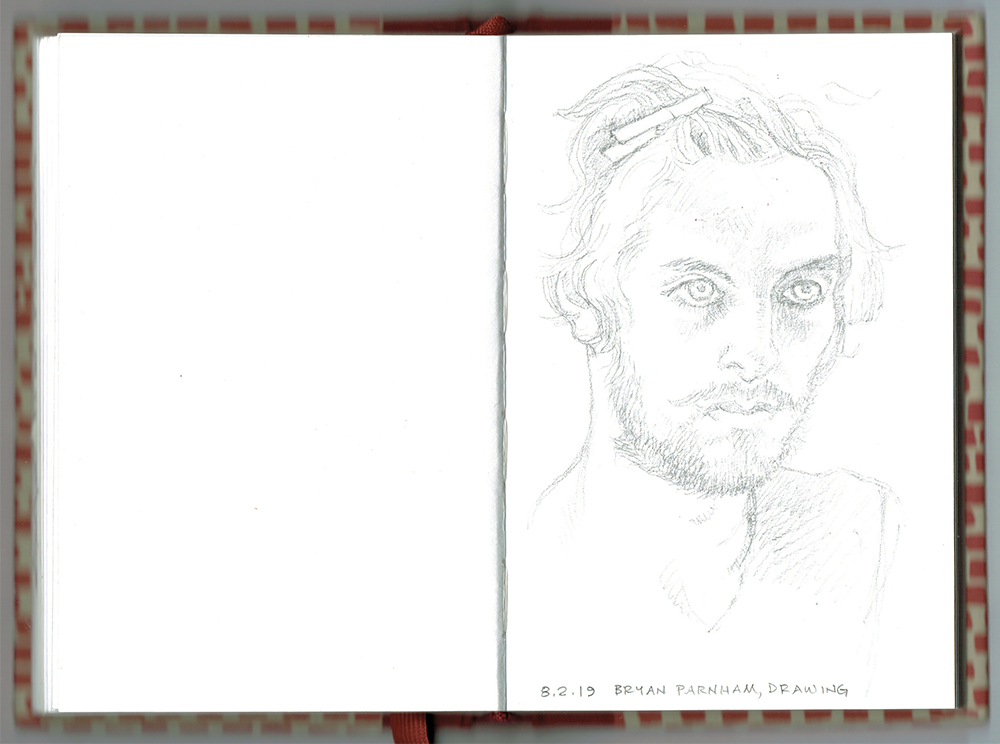
On the Frecciargento from Venezia to Firenze

On the Frecciargento from Venezia to Firenze
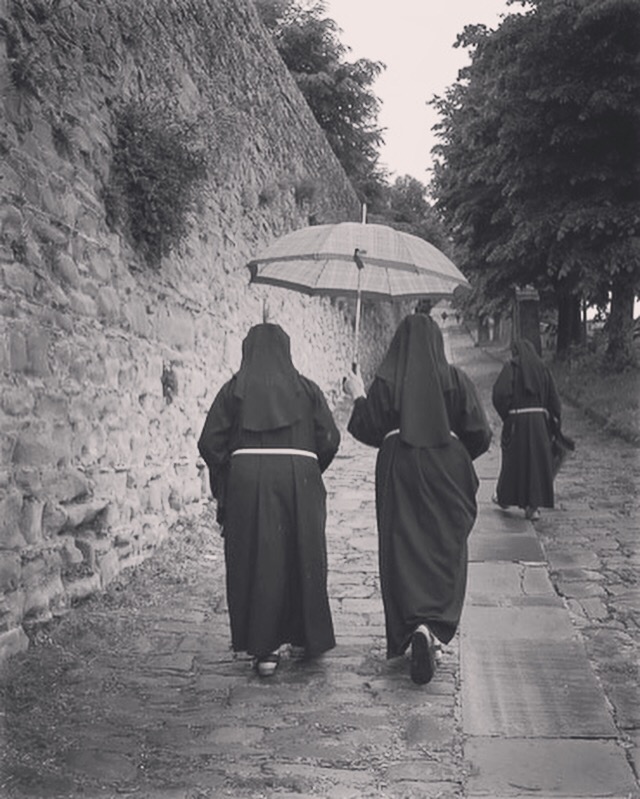
All over Italy, the cherry harvest is poor this year – everywhere except for the Severini School, that is. After Enea’s drastic pruning and medication last year, our two old cherry trees responded with a bumper crop of beautiful, organic fruit.
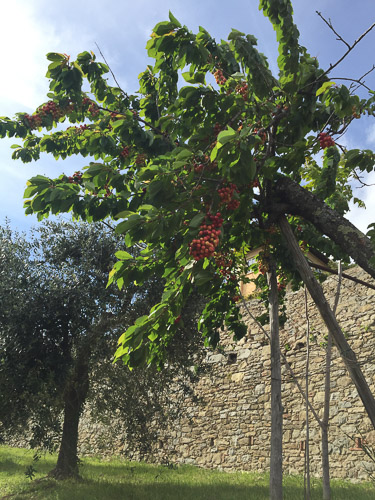
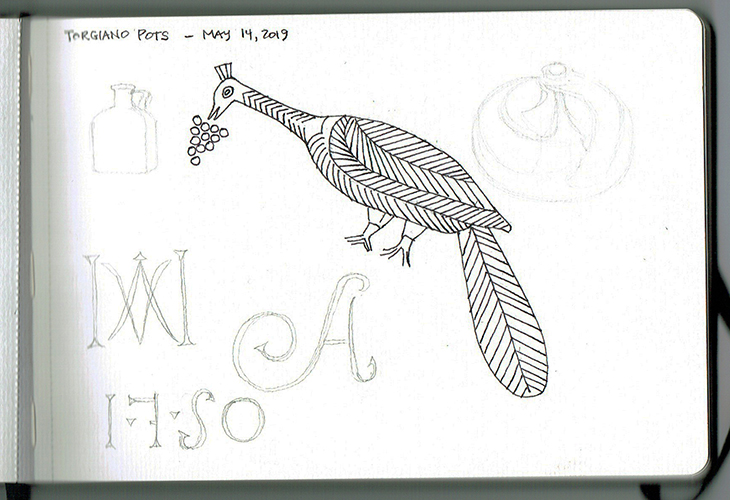
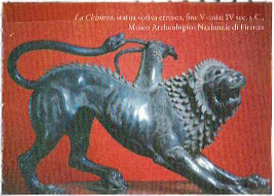
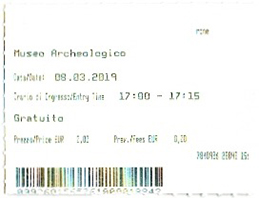
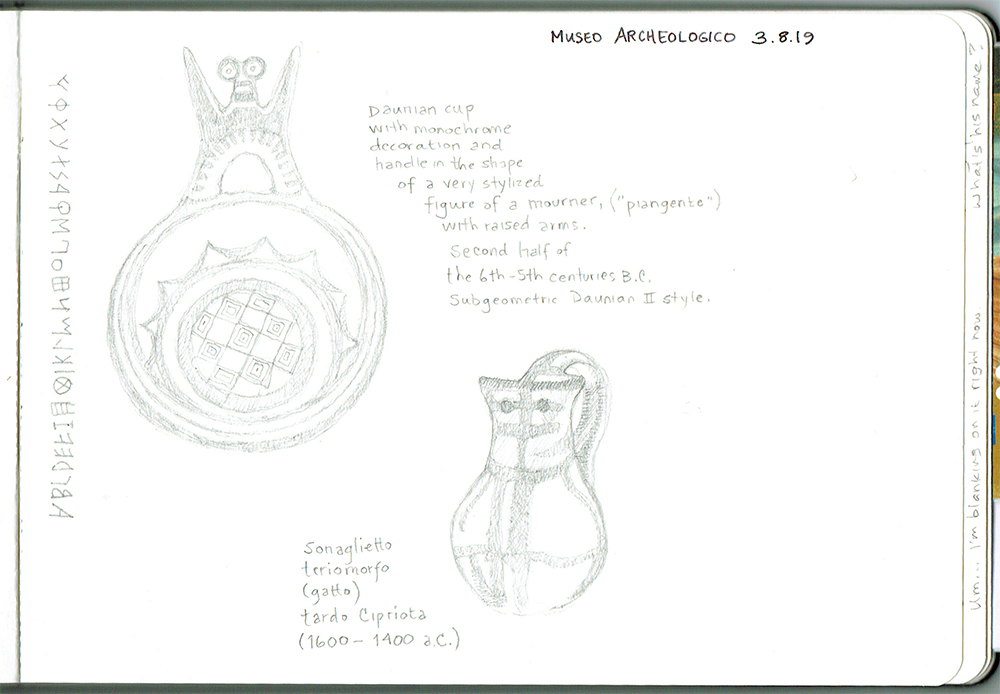
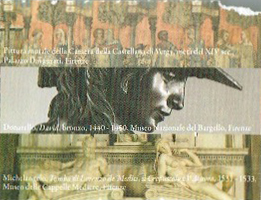
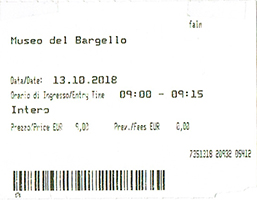
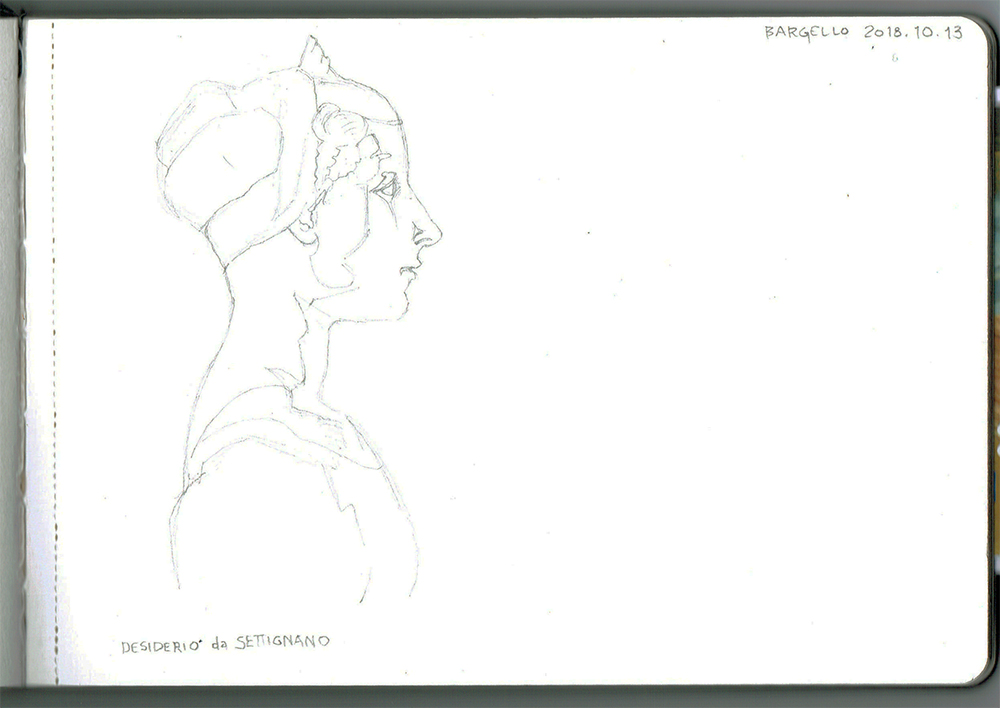
In December 1998, a bulldozer working on the expansion of the San Rossore train station in Pisa brought up several scoopfuls of wood and ceramics, and work was immediately stopped. Archeologists were called in, and what they found were the remains of thirty remarkably preserved shipwrecks in what was once an Etruscan, then Roman port of the city. The Museo delle Navi Antiche di Pisa is not yet open to the public, but tours of the museum-in-the-making can be pre-arranged on two days of every month. We were lucky that this semester, the UGA Cortona Studies Abroad program’s excursion to Pisa happened to fall on one of those two days, so a group of students and instructors were able to view this incredible archeological discovery.
Continue reading “Slow Museums: February 24, 2018 – Museo delle Navi Antiche di Pisa”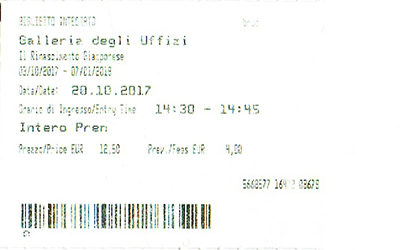
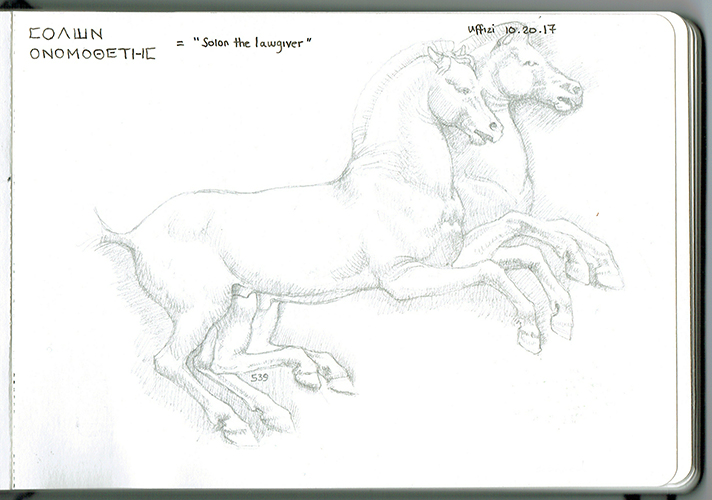
My museum today was the streets of Siena — I set out on a “Palio Hunt”, looking for symbols and landmarks of the contrade, but soon found other things that interested me. Such as the strangely antique reserved (parking?) space in the alley behind the headquarters of the Banca Monte dei Paschi di Siena, the world’s oldest bank:
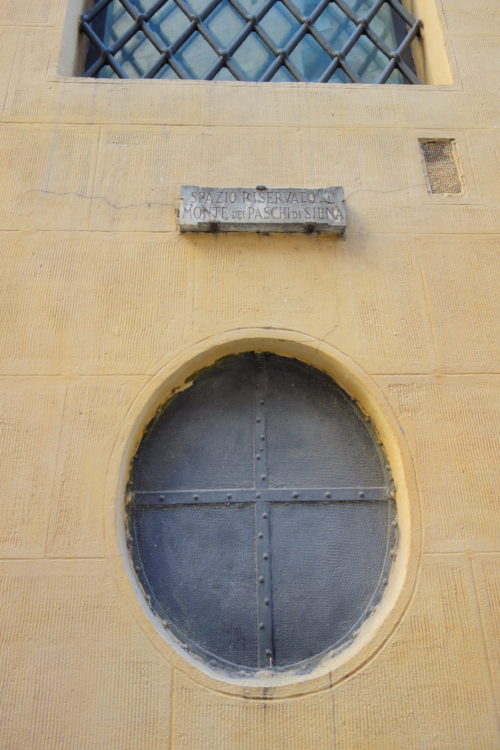
During our excursion in Pisa today, one of the students asked me why there were triangles carved into some of the paving stones in the Campo dei Miracoli. I had no ready answer for her, so I went back later to walk around and look more carefully.
Continue reading “Mysterious letterforms in Pisa”